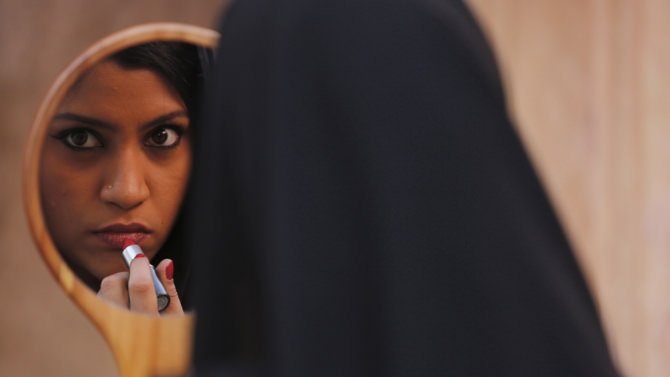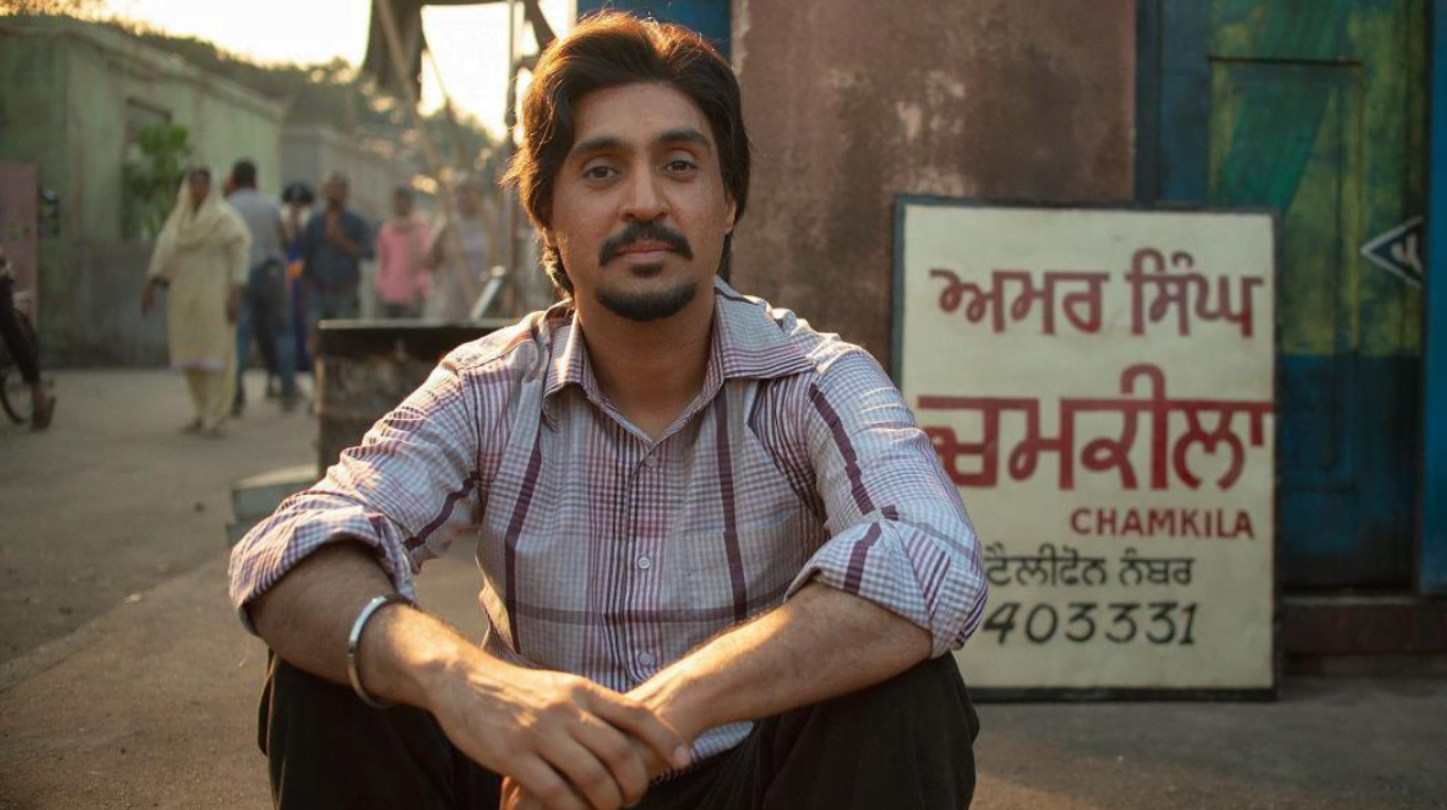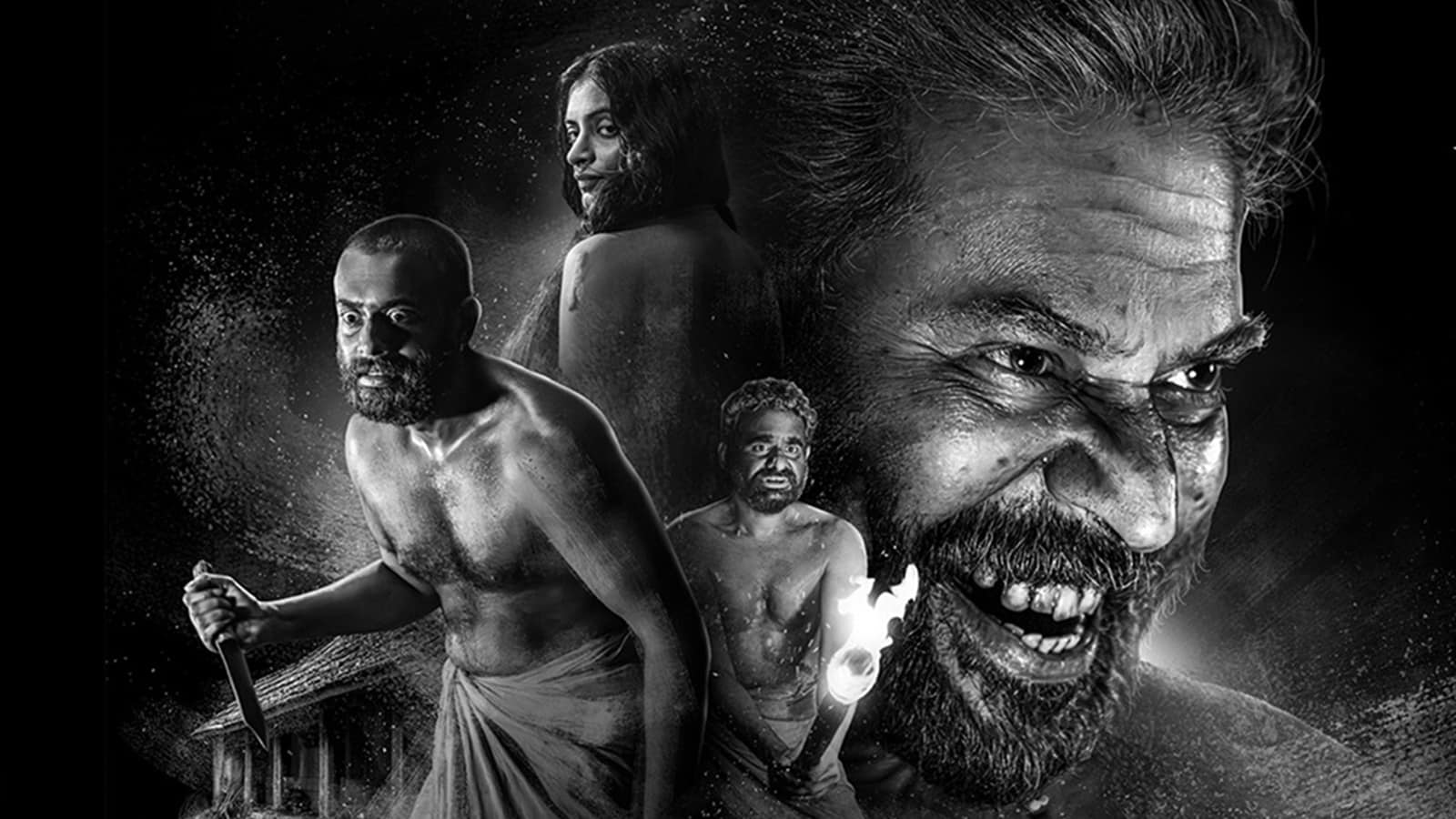The Central Board of Film Certification (CBFC), which also enrobes the role of policeman of the morality of cinema, is yet once again in the news because it denied certification to Alankrita Shrivastava-directed and Prakash Jha-produced new movie Lipstick Under My Burkha.
The reasons for denying the certification indubitably trigger a zillion face-palms. According to CBFC,
(a) “the story is lady oriented” – every movie that centres around women, or attempts to showcase their minds or perspectives must of course tread with caution;
(b) It is about “their fantasy above life” – the fantasy which the CBFC most probably refers to, is the ultra-normal and realistic sexual desire the protagonists of the movie exhibit, for it is sacrilege for women to have such desires! Or even if they do, it must be constricted to the private spaces of the bedroom;
(c) There are “contentious sexual scenes” – there is absolutely no scope for negotiations on these anti-sanskaari visuals. I mean, it is okay if the movie contains graphic visuals of murder or rape or anything else that is expressly recognized as a crime in the Indian Penal Code. But don’t even think of portraying sexual escapades of women for it is anti-cultural;
(d) There are “abusive words” – while our beloved CBFC discourages even the use of double entendres, how could the movie expect to get a green signal and win the heart of CBFC when they have audacity to use those 36 objectionable profanities and related cuss words which the CBFC thought fit to proscribe?;
(e) There is “audio pornography” – what does this even mean? Does it mean orgasmic sounds? Or does it mean songs whose lyrics the CBFC finds offending? It can’t be the latter, for songs like ‘Fevicol se’, ‘Tu Cheez Badi Hain Mast Mast‘, ‘Jhumma chumma de de‘, to name a few, did pass the test of CBFC without any hullaballoo. In fact, our current CBFC boss, Pahlaj Nihalani’s very own songs of yesteryears passed the then CBFC standards without garnering the label of ‘audiopornography’; and
(f) It has a “bit sensitive touch about one particular section of the society” – which section does the CBFC think to be so touchy? Women? I doubt that as every woman in real day-to-day life is out there attempting to attain some kind of liberation at so many levels, and the movie has dared to portray exactly just that. Men? Most probably yes, because the movie is by-the-women and for-the-women, and attempts to dismantle patriarchy. Muslims? I hope not, for the term burkha has a metaphorical tenor, and refers to the claustrophobic spaces (private/public/society/etc) from which women seek latitude and liberty. Each one of the reason cited by the CBFC to deny certification is indeed (il)legitimate and (im)plausible.
Nihalani, as we all know, has only now donned the role of this sanskaari protector of Indian culture and heritage, for back in his heydays as a movie producer, he was (in)famous for producing some of the most lecherous and raunchy Bollywood item numbers. It’s more than the ripe time for some flashback.
In the early 1990s, Nihalani often locked horns with the then CBFC. One such instance was over the visuals of a song from the movie Dil Tera Diwana, in which pelvic thrusts and dance movements were deemed and labeled (and rightly so?) as vulgar by the CBFC. CBFC also objected to the cycling shorts which the leading lady sported in the movie, as they looked like underwear. However, the then-progressive Nahlani questioned the CBFC and shot the million dollar question: “Are they living in the 18th century?” The CBFC, however, appears to have rubbed their medieval disposition on Nihalani, for now in the 21st century, he purports to have the mind of an 18th centurion. Perhaps this drastic transformation is in line with his political leanings towards our sanskaari Government for whom he also made this out-of-the-ordinary sycophantic campaign video Har Har Modi, Ghar Ghar Modi.
I couldn’t resist quoting a snippet from a Firstpost article, a priceless jab taken at Nahlani exactly two years ago, and which still holds so much water:
“In 1994, the current censor board chief produced a Kondkeisque film titled Andaaz (the extra A because it should have been certified AA). The film had a soundtrack only somebody with Nihalani’s moral courage and cultural finesse could have hummed at home.
Here are the top three songs of the film, as they appear in the album: ‘Khada hai, khada hai, khada hai‘ (a visibly aroused Anil Kapoor urging his newly-wed wife Juhi Chawla to open the door with understandable urgency); ‘Le lo, le lo mera‘; and ‘Ye (originally mein) maal gaadi mujhe dhakka laga’ (the aforementioned wife urging the husband to push fast as the engine had become hot and now it needs to reach the destination). Another one, featuring Anil Kapoor and Karishma Kapoor (his student in the film), announced the duo’s intention that ‘Roz karenge hum karenge ku ku ku ku.’
Nihalani’s films were among the pioneers of the pelvis-thrust-in, bust-thrust-out choreography that later ushered in the sarkae-lo-khatiya age of Indian cinema. In his 1992-93 film Aankhen, Shilpa Shirodkar swayed so suggestively to ‘Khet gaye Baba, Bazaar gayee maa; akeli hun ghar ma tu aaja balma‘ that many cinema owners were forced to lock the loos to keep out the jerks in the audience from spending too much time inside. And Lal Dupatte Wali became a rage only because Aankhen’s film’s heroines ever so subtly raised the hemline of their skirts while singing ‘Har kisi ke liye ye khirki nahin khulti.”
I sincerely attempted watching a few of his blockbusters, and I’m not exaggerating when I say that I couldn’t get through even the first thirty seconds of each of these ‘erotic’ renditions, as against watching on loop, the kick-ass and the promising trailer of Lipstick Under My Burkha.
The benchmark set by CBFC is so high that I wonder what it takes to get a movie certified by them, especially even after Lipstick Under My Burkha won the Oxfam Award for Best Film on Gender Equality at the Mumbai Academy of Moving Image, and the Spirit of Asia Award at the Tokyo International Film Festival.
However, what is exhilarating is that the CBFC is unintentionally bringing a more potential audience to Lipstick Under My Burkha. It’s undeniable that CBFC’s censorship has always backfired, and that most people watched Anurag Kashyap’s Udta Punjab, Abhishek Jawkar’s Missing on a Weekend, Gaurav Dhingra’s Angry Indian Goddesses, to name a recent few, only because it came under CBFC’s fire. The threat of censorship indeed catapulted these movies to being critically acclaimed superhits.
Lipstick Under My Burkha is destined to meet a similar fate, especially in light of the awe-worthy reviews and the feminist support it is already garnering. According to Oxfam, the movie was awarded due to its “creative and effective take on marital rape, religious orthodoxy, the sexuality of older women and most importantly women taking agency over their bodies.” Way to go, Lipstick Under My Burkha.




